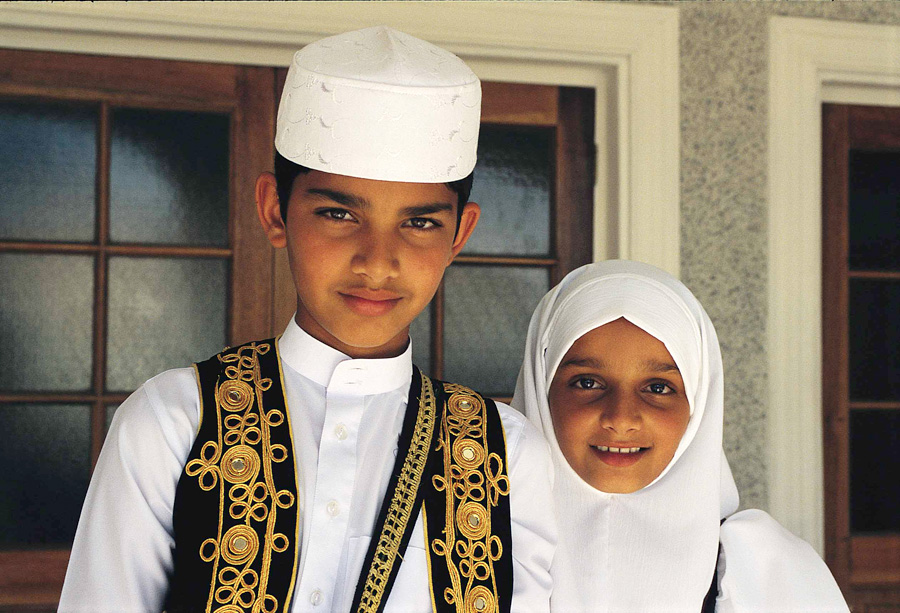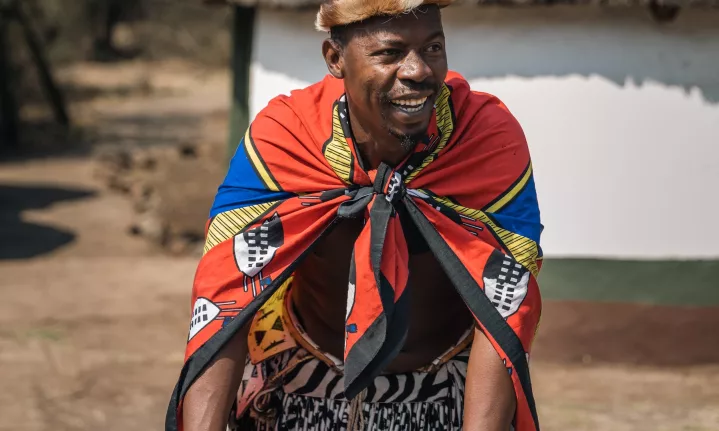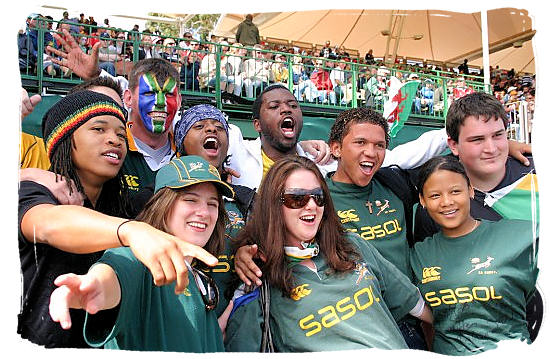South African Culture Today Can Be Fun For Everyone
South African Culture Today Can Be Fun For Everyone
Blog Article
Our South African Culture Today Diaries
Table of ContentsThe 15-Second Trick For South African Culture TodayIndicators on South African Culture Today You Need To KnowIndicators on South African Culture Today You Should KnowNot known Details About South African Culture Today The Ultimate Guide To South African Culture TodaySouth African Culture Today Fundamentals Explained
This adheres to with singing and drum beating. The bride and bridegroom after that consult with the senior citizens and speak about the relevance of their union. A matter of importance in Zambian towns is the passing away of liked ones. All members of the village placed cash, effort and time with each other for the burial of the deceased.Songs and dancing is a very essential aspect of the Zambian culture. The different tribal devices have their very own dancing forms; however, makishi is typical amongst all tribes.
More About South African Culture Today
When it concerns songs, drums are used one of the most, with a variety of drumming events. In Zambia, majority of individuals are Christian; Protestant and Roman Catholic. There are small groups of Muslims and Hindus, with the rest complying with neighborhood native tribal ideas.

South African heritage and culture is immensely diverse, and includes lots of various teams of individuals that each have their very own practices and ideas. Having such a variety of individuals and cultures is what makes South Africa so unique. In truth feeling of the phrase, we are a rainbow country.
Making it the 7th on the listing of countries with the most Portuguese people in it outside of Portugal. Portuguese is not only a culture, yet it is also a language and a nationality. Portuguese people stem from the nation of Portugal in Europe, however, due to Portugal (like lots of other countries in Europe) checking out the world and dominating other countries during the 15th 20th centuries, South Africa has what we call Portuguese South African's living in it.
A Biased View of South African Culture Today
Among the prominent attributes of the topography is a plateau that covers virtually 2 thirds of the center of the country. The plateau complex rises toward the southeast, where it climaxes in the Drakensberg range, component of a cliff that separates the plateau from the coastal locations. The Drakensburg includes Champagne Castle, the highest possible top in the nation.
The region north of the Witwatersrand, called the bushveld, slopes downward from eastern to west toward the Limpopo River, which develops the global border. The western section of the plateau, the middleveld, additionally descends in the direction of the west and differs in elevation in between the highveld and bushveld. In between the Drakensburg and the eastern and southern shoreline, the land comes down to the sea.
Nearer the coast there is a low-lying level called the eastern lowveld. Southwest of the plateau the nation ends up being gradually a lot more arid, paving the way to the hostile desert of the Great Karroo, approached the east by the reduced, much better watered plateau of the Little Karroo. Separating the dry southerly inside from the sandy littoral of the southerly shore and West Cape is an additional variety, the Langeberg.
South African Culture Today - The Facts
The nation's racially, ethnically, and politically divided history has created nationwide and subnational icons that still function as signs of the country, and others signs that are approved only by specific teams. The monuments to white inhabitant occupation and political prominence, such as the Afrikaner Voortrekker ("pioneer") Monolith in Pretoria and the Rhodes Monument recognizing the British colonial empire home builder and Cape prime priest Cecil Rhodes, stay sectarian signs.
The first modern inhabitants were the San ("bushman") hunter-gatherers and the Khoi ("Hottentot") individuals, that herded livestock (South African culture today). The San find more might have been existing for countless years and left proof of their existence in thousands of ancient cavern paintings ("rock art"). Bantu-speaking clans that were the ancestors of the Nguni (today's amaZulu, amaXhosa, amaSwazi, and vaTsonga individuals) and Tswana-Sotho language groups (today's Batswana and Southern and Northern Basotho) migrated below east Africa as early as the fifteenth century

The two previous republics of the Orange Free State and Transvaal (South African Republic) were established by Afrikaner inhabitants that defeated and dispossessed the Basotho and Batswana. Lesotho would have been by force incorporated right into the Orange Free State without the expansion of British security in 1869. The supreme marriage of the nation resulted from the South African War (18991902) in between the British and both Afrikaner republics, which decreased the nation to ruin at the beginning of the twentieth century.
Afrikaners traditionally considered themselves the just true South Africans and, while giving complete citizenship to all homeowners of European descent, denied that condition to individuals of shade until the democratic shift of 1994. British South Africans preserve a feeling of social and social connection to Great Britain without damaging their identity as South Africans.
The smart Trick of South African Culture Today That Nobody is Discussing
The diversity and fragmentation within ethnic collections and the balance of tensions between those groups during the twentieth century prevented interethnic civil conflict. While intergroup tensions over sources, entitlements, and political supremacy stay, those problems are as likely to pit Zulu against Zulu as Zulu versus Xhosa or African versus Afrikaner.
From colonial India, British vendors and administrators brought the bent steel decorative roofings and slender lace job columns that still exemplify the outdoor patios of homes arounds and cities throughout the country. Homes of praise contribute an important building facet also in the smallest towns. In enhancement to the rising steeples and timeless stonework of Afrikaans Dutch Reformed churches, Anglican churches, synagogues, mosques, and Hindu temples supply variety company website to the religious building scene.

Butchering and the developing of conventional grain beer are crucial in protecting the engagement and goodwill of the ancestors that are considered the guardians of great fortune, prosperity, and wellness. Indian communities preserve their indigenous culinary customs and use them on Islamic and Hindu ritual and ritualistic occasions. Afrikaners and Coloured individuals gather at weekend breaks and special celebrations at multifamily barbecues read this article called braais, where neighborhood bonds are enhanced.
Due to the fact that this was the primary economic business of both black Africans and white colonists, dispute in between those teams fixated the possession of grazing land and livestock. In 1867, the largest diamond deposits worldwide were found at Kimberley in the west main location. The wide range from those areas helped finance the exploitation of the biggest gold coral reef in the world, which was discovered on the Witwatersrand in 1886.
The Greatest Guide To South African Culture Today
This brought about misconceptions and calculated misstatement in the negotiations of white settlers and government authorities with African principals during the colonial duration (South African culture today). In the facility of African books, some aspects of public and primarily "tribal depend on" land tenure were protected, and even in white rural areas, types of common period were still exercised in areas with African areas
After the democratic improvement of 1994, programs for land restitution, redistribution, and reform were instituted, but progression has actually been slow. The white minority still controls eighty percent of the land. Following farming land invasions in Zimbabwe, the Division of Land Affairs has actually pledged to speed up land redistribution.
Report this page